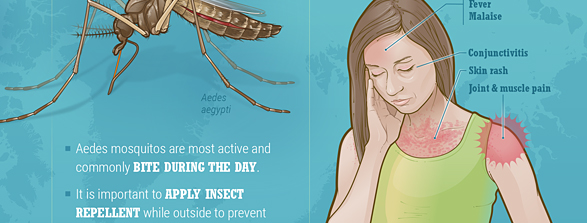Confronting Violence Website
09.21.2015
Link Studio is proud to announce the launch of the National Library of Medicine’s (NLM) Confronting Violence, Improving Women’s Lives website, an online exhibition. Link Studio collaborated with the NLM to help tell a story that has been discussed little, within the public or scholarly context. As with many of our projects, there is a story to tell. But the poignancy of this story and the importance of telling it became very clear.
As someone who grew up in the 70s and 80s, it wasn’t until I was in college that I had heard of the term domestic abuse which seemed to already be a part of the social lexicon. In fact, I took it for granted that there were already shelters and hotlines for women to turn to, since at the time it was a recognized social issue. Prior to working on this project, I did not realize that it was in my own lifetime that domestic abuse was viewed as a personal problem and a problem provoked by women themselves. These views were even substantiated by the psychiatric and medical communities.
For much of history, the medical community failed to acknowledge the enormous public health issue that is domestic violence. This changed in the 1970s, when a group of courageous nurses advocated to the medical community to better identify victims of domestic violence, and to respond to their needs. These nurses pioneered best practices for the care of these victims that was based upon science and research, which improved the lives of many toward the end of the 20th century. They were able to place the specter of domestic violence on the national health care map, through innovative and creative approaches to activism that both supported survivors and prevented further violence.
Stories such as this one remind us of the importance of how the actions of a few can make a difference for society. For those of us who have benefited from the actions of these individuals, it is important to know the past so that we can make the future better. What can our roles be in improving the lives of these women? As we ponder how to reach out to the next generation, I wonder what kind of impact or role has the Internet had in providing a safe virtual place that woman can go to for help and advice while remaining anonymous until they are ready to seek more help in person.
The online exhibition frames the topic Confronting Violence, Improving Women’s Lives through several vignettes including: Generations of Reformers, Nurses Take A Stand, Medicine Confronts Violence, Change is Possible, And the Work Continues. These allow the viewer to better understand the topic through a historical perspective and how this history has helped influence change and reform. The website also integrates a digital gallery of videos and other print materials about domestic violence from the NLM’s collection. Other features include, education resources, including K-12 lesson plans, a higher education module; an online activity and a robust selection of resources including K-12 suggested readings.
We encourage you to learn about this important story by visiting the website, bringing the traveling exhibit to your community, reading the latest research and listening to the webcast of distinguished panel members who were at the forefront of identifying domestic abuse as a social, medical and public health problem.
 What You Should Know About Zika Virus – An Illustrated Public Health Poster
What You Should Know About Zika Virus – An Illustrated Public Health Poster